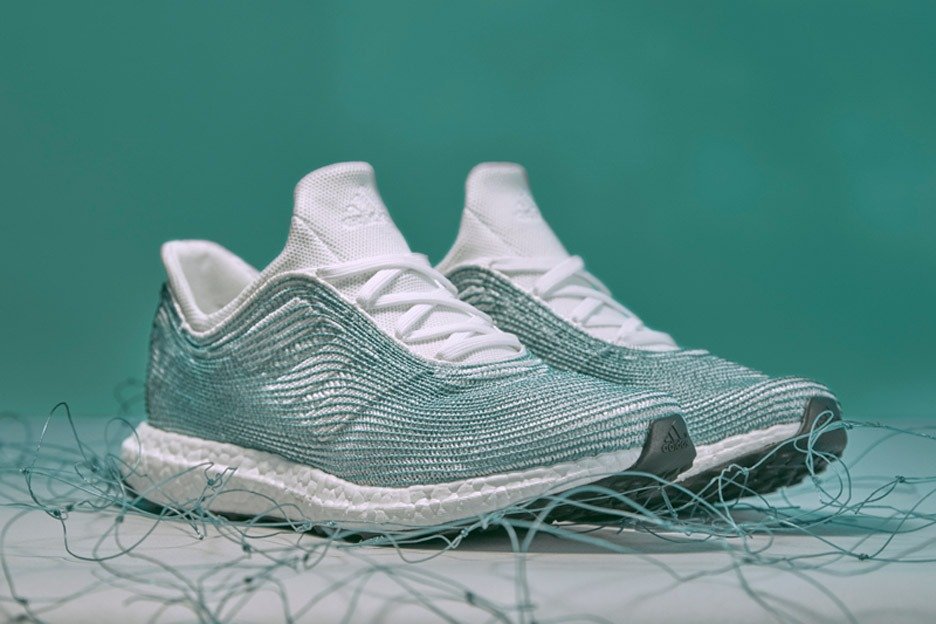Portfolio

HOW TO IMPROVE OUR RECYCLING PROCESS
Recycling is a process to change (waste) materials into new products to prevent waste of potentially useful materials, reduce the consumption of fresh raw materials, reduce energy usage, reduce air pollution (from incineration) and water pollution (from landfilling) by reducing the need for “conventional” waste disposal, and lower greenhouse gas emissions as compared to plastic production. Recycling is a key component of modern waste reduction and is the third component of the “Reduce, Reuse and Recycle” waste hierarchy.
Recyclable materials include many kinds of glass, paper, metal, plastic, textiles, and electronics. The composting or other reuse of biodegradable waste—such as food or garden waste—is also considered recycling.[2] Materials to be recycled are either brought to a collection center or picked up from the curbside, then sorted, cleaned, and reprocessed into new materials bound for manufacturing.
We Do Believe in Recycling

WASTE RECYCLING
Chaturdik Abhyuday Vichar Samiti champions waste recycling, minimizing landfill impact. Through community initiatives, we promote responsible waste disposal, fostering a cleaner, greener environment for all.

SHOE AND FOOTWEAR
Our shoe & Footwear recycling endeavors transform old footwear into new resources, minimizing waste and promoting a circular economy in the fashion industry. Step into sustainability with Chaturdik Abhyuday Vichar Samiti.

COMPOST RECYCLING
Chaturdik Abhyuday Vichar Samiti leads compost recycling efforts, turning organic waste into nutrient-rich compost. Cultivating sustainable practices, we contribute to healthier soil and a greener environment.

CLOTHES RECYCLING
Transforming old clothes into new treasures, Chaturdik Abhyuday Vichar Samiti promotes cloth recycling. Embracing eco-conscious fashion, we reduce textile waste and foster sustainability in clothing consumption.
Shoe and footwear materials can be recycled and reused through several methods:
Material Separation: Breaking down shoes into their components—like rubber soles, leather uppers, and metal eyelets—for separate recycling.
Grinding and Shredding: Shoes are shredded or ground into smaller pieces, then used as raw materials for various products like playground surfaces or insulation.
Sole Recycling: Rubber soles can be ground and turned into new soles or mixed with other materials to create composite materials for different purposes.
Upcycling: Old shoes can be creatively repurposed into new items, like turning them into art pieces, plant pots, or even furniture.
Donation Programs: Donating gently worn shoes for reuse or refurbishment helps extend their life and prevents them from ending up in landfills.

Innovative Materials: Some companies are developing shoes made from recycled plastics, ocean waste, or even plant-based materials, creating sustainable options from the start.
Manufacturing Partnerships: Shoe manufacturers are collaborating to create closed-loop systems, where old shoes are collected, recycled, and used in the production of new footwear.
Recycling and reusing shoe materials not only reduce waste but also contribute to a more sustainable and circular economy within the footwear industry.
The Miyawaki Method holds immense relevance for both rural and urban communities:
For Rural People:
Land Restoration: In rural areas, where land degradation is prevalent, this method aids in quick and efficient restoration of barren or degraded lands, offering sustainable livelihoods through agroforestry and improved soil fertility.
Sustainable Farming: It complements agricultural practices by promoting diverse, small-scale forests, providing alternate sources of income through the sale of forest products while supporting ecological balance and biodiversity.
Resource Conservation: The method helps in conserving water, improving groundwater recharge, and protecting against soil erosion, crucial for sustaining rural communities dependent on agriculture.
For Urban People:
Green Spaces: In urban settings, where green spaces are limited, the Miyawaki Method allows for the creation of dense, native forests in small areas, enhancing urban biodiversity, and providing much-needed recreational spaces.
Environmental Health: Urban areas face pollution and heat island effects; the method counters these issues by purifying the air, mitigating noise, and regulating temperatures, thus fostering healthier urban environments.
Community Engagement: Engaging urban residents in the creation and maintenance of these forests fosters a sense of ownership, community bonding, and environmental stewardship among city dwellers.
Overall, the Miyawaki Method transcends the rural-urban divide, offering ecological, economic, and social benefits tailored to the specific needs of both settings, making it a viable solution for sustainable land management and urban greening.
